8 Ways To Be A Stronger Runner
Have A Plan
“Common sense will highlight that targeting a 5km park run will require a different training approach than an ultramarathon, but for the average recreational runner, three runs a week is plenty. Aim for one easy run, one speed or hills run, and one tempo run. Your easy run, which should be done at a maximum of five out of ten on an RPE scale, will build your aerobic fitness, while a speed run will challenge your lactate system. The tempo run, meanwhile, is a fantastic way to simultaneously target both your aerobic and anaerobic systems when done for around 45 to 50 minutes. ‘Comfortably hard’ is a phrase I like to use when talking about a tempo run – running at this pace will allow you to spend enough time in your threshold zone to build a tolerance that will enable your body to become accustomed to lactate build-up and become more efficient at clearing waste products that accumulate during a more challenging run. A solid training plan will feature all three of these runs – if you go hell for leather every time, you’ll burn out or get injured.” – Bradley Welch, strength endurance coach & On ambassador.
Go Slower Than You Think
“One of the most common mistakes guys make is running too fast. People tend to run too hard on their easy runs and not hard enough on their hard runs. A good rule is 80/20 – 80% of your runs should be paced slowly, at a pace where you should be able to have a conversation and aren’t breathing heavily, while the remaining 20% should be tough, short and fast. These slower runs will build your aerobic base and aerobic capacity. They’ll also improve your physiological efficiency, improving the heart’s stroke volume and cardiovascular efficiency, ultimately lowering your heart rate for a given effort over time. Once you’ve built your endurance, you can then think about increasing intensity and volume.” – Tim Benjamin, former Olympian & co-founder of WithU.
Experiment With Speed Play
“If you can comfortably run for 30 minutes, consider incorporating an intervals session into your week. Also known as a fartlek session (fartlek is the Swedish word for speed play), this is an unrivalled tool for building speed, stamina and confidence. It involves a continuous run in which periods of faster running are mixed with periods of easy or moderate-paced running. Start by using time as your measurement – run one minute at a faster effort followed by three minutes at an easy effort. Do this for six to ten rounds, followed by a decent cool-down, and you’ll quickly build your fitness and running capacity. Remember a fartlek run is different to traditional intervals as you’ll need to run, albeit at a slower pace, in between each section. This can make fartlek great if you are training for an event, as races are rarely run at a consistent pace.” – Bradley
Gear Up
“If there’s one piece of kit you need to become a good runner, it’s a pair of comfortable running shoes. Running shoe preference is something that varies between individuals – a shoe that works well for your best mate may not be right for you. Consider booking in for a gait analysis at your local running store, which can highlight what sort of shoe would be most suitable for you as well as improve your running mechanics and pinpoint weaknesses or imbalances. Trainers should always fit your foot and running style – if you have wide feet, bear this in mind. Look out for the sole tread too. If you run around a city, wear a shoe designed for road running, not a trail shoe. If you’re looking for something high-tech, consider trainers with a carbon fibre plate in the insole, which has been shown to improve performance through energy return.” – Tim
Swap The Treadmill For The Pavement
“Chances are you prefer one over the other, but running indoors and outdoors both have their pros and cons. When you run outdoors, you’re getting more muscle activation as your feet must grab the ground to propel you, whereas a treadmill does some of that work for you. Running outside is more suited to a natural gait cycle, and will give you that ‘real life’ feeling – think how tricky it’d be to constantly change the incline on a treadmill to match the undulations of your local park, for example. A treadmill, however, can be handy if you are looking to do a technical session as it makes speed control easier and more consistent. If in doubt, train outside.” – Bradley.
Improve Technique
“Technique makes a big difference to efficiency. You should be aiming for a comfortable stride length with a cadence of around 180-190 strides per minute – any decent running watch will be able to tell you these numbers. If you are running (rather than sprinting), you should aim to glide over the ground rather than stomp it. Try and make sure everything is moving forward to backward, with minimal sideways movement. Keep your shoulders slightly back with a slight lean forward at the hips. As you run faster, focus on lifting your heel up to your bum through the ‘swing’ phase to allow the knee to efficiently swing forwards.” – Tim.
Carry On Lifting Weights
“A huge number of running-related niggles trace back to weakness in our glutes or tightness in our hips. To run with proper form almost every muscle in the body plays a part, but key areas include your calves, quads, hamstrings, hip flexors, glutes, lower back, spine and the abs. Strong calves and your Achilles tendon will help you put down power to the ground and be the first line of defence against knee pain, while your core is key in maintaining a controlled, balanced and level upper body. The obliques also play a part in keeping the body stable as the upper body rotates. You don’t need to go all out in the gym, but lifting weights a couple of times a week will work wonders.” – Tim
Don’t Forget About Protein
“It’s common knowledge that carbs are a runner’s best friend, but if you’re training hard, don’t discount the importance of protein. For any run lasting longer than 90 minutes, some easily digestible carbs – think porridge with honey or a banana on toast – in the hour or two before you start will improve performance, and you should also ensure you eat enough carbs in the 24 hours prior to a longer run. Be sure to eat plenty of protein too – this will aid tissue repair and recovery as well as improve performance in the long term. Research shows spreading your protein intake throughout the day is the best way to meet your needs, so space your protein carefully over meals and snacks.” – Tim
Shop The Expert-Approved Products
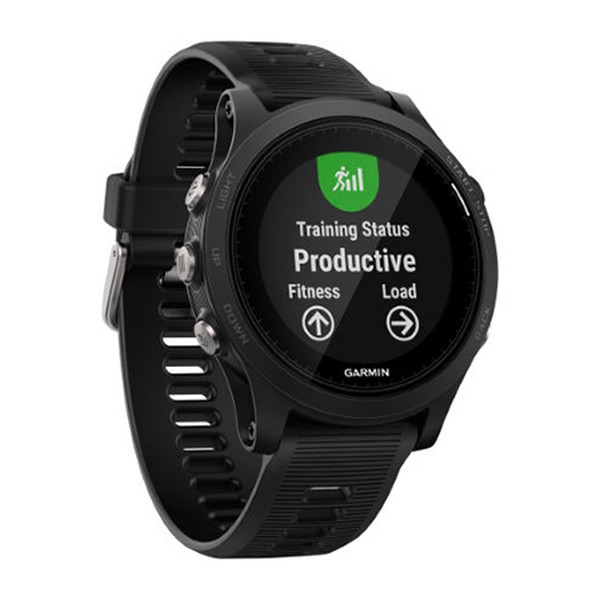

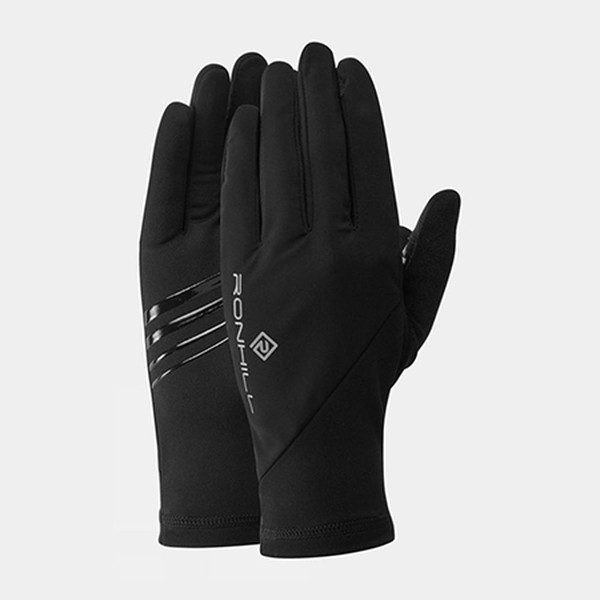
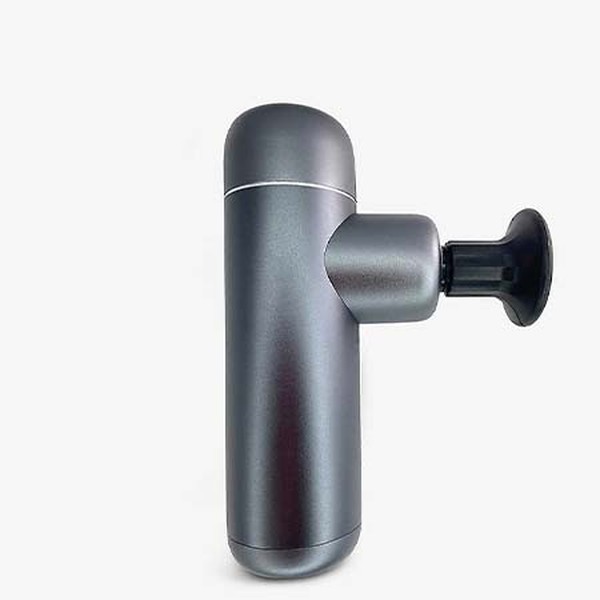
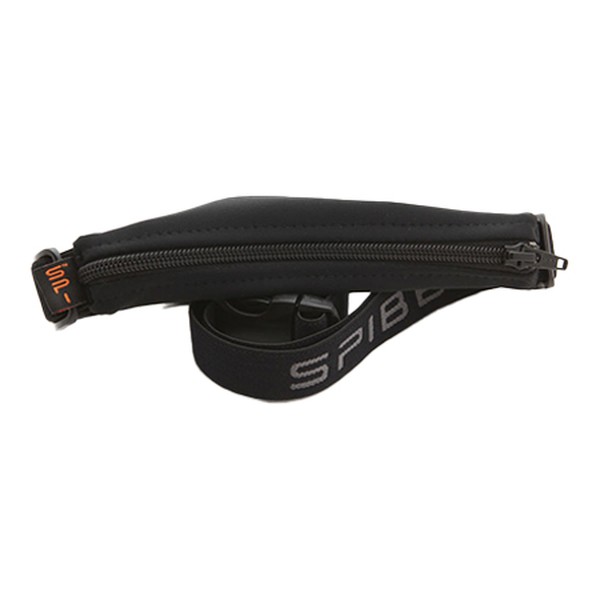
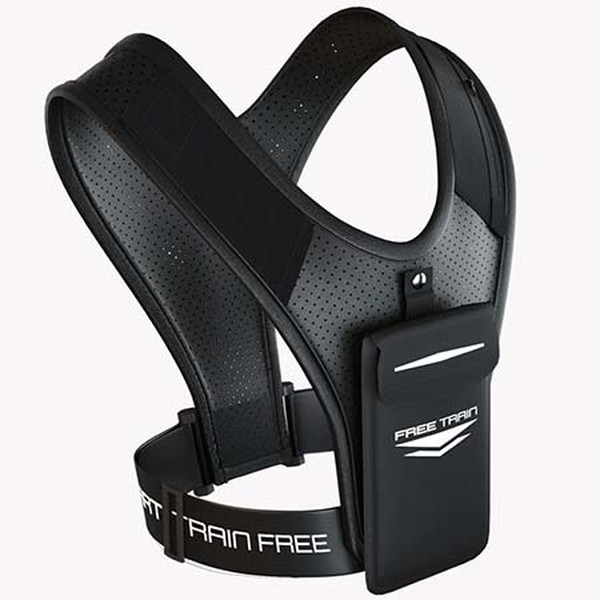

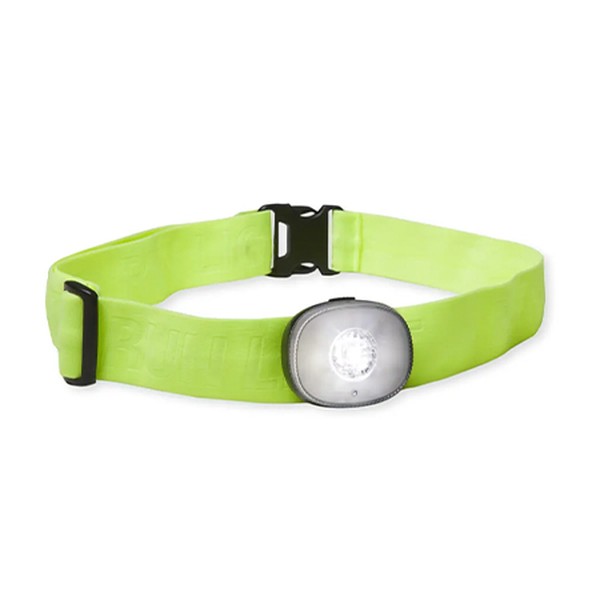
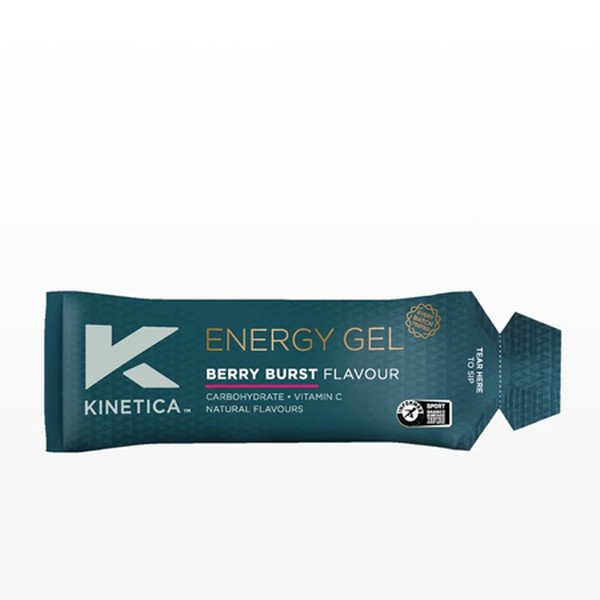

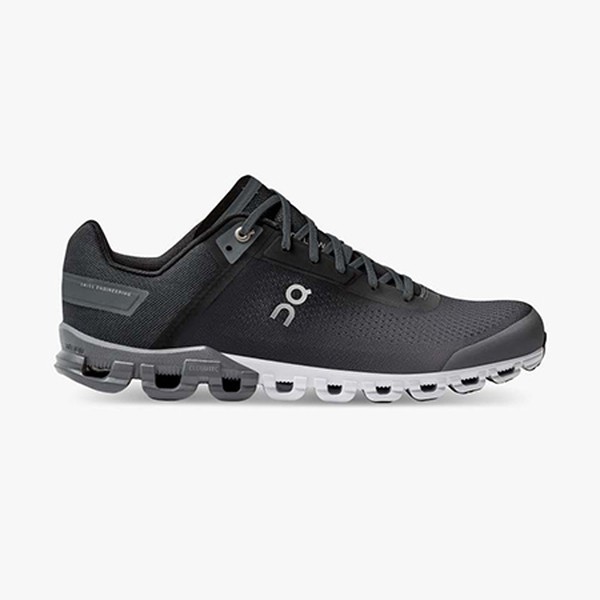
For more, head to On-Running.com & WithUTraining.com
DISCLAIMER: Features published by SLMan are not intended to treat, diagnose, cure or prevent any disease. Always seek the advice of your GP or another qualified healthcare provider for any questions you have regarding a medical condition, and before undertaking any diet, exercise or other health-related programme.
All products on this page have been selected by our editorial team, however we may make commission on some products.
DISCLAIMER: We endeavour to always credit the correct original source of every image we use. If you think a credit may be incorrect, please contact us at [email protected].



